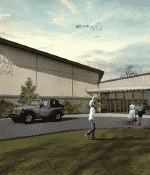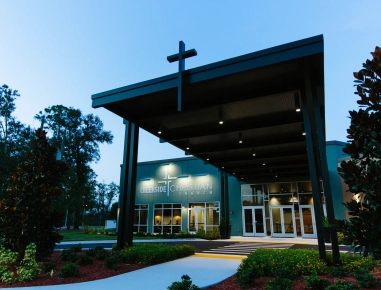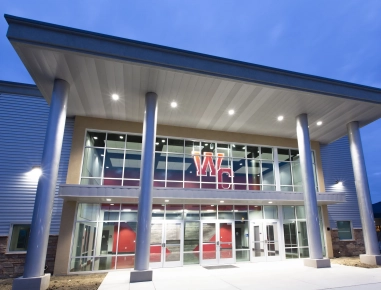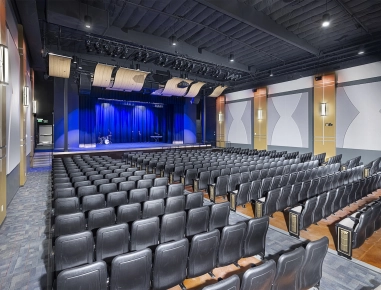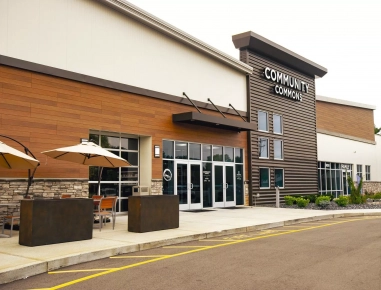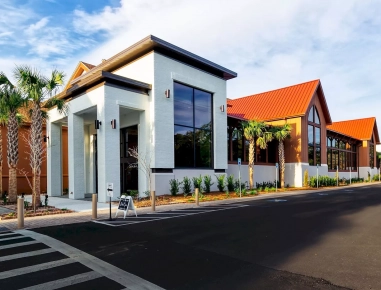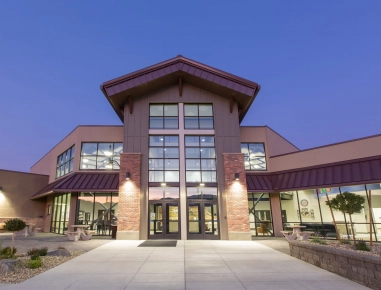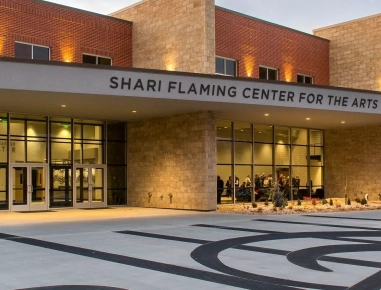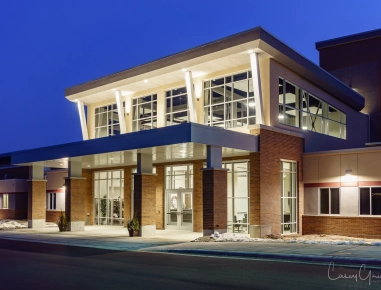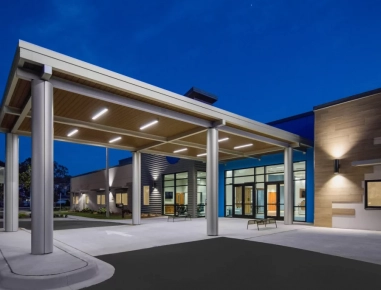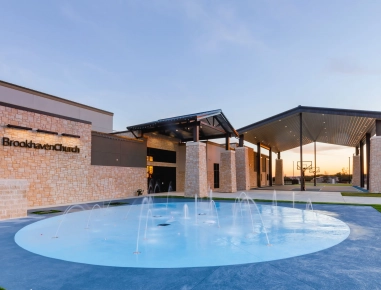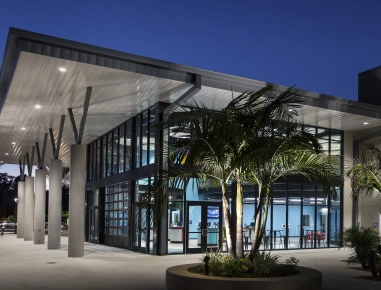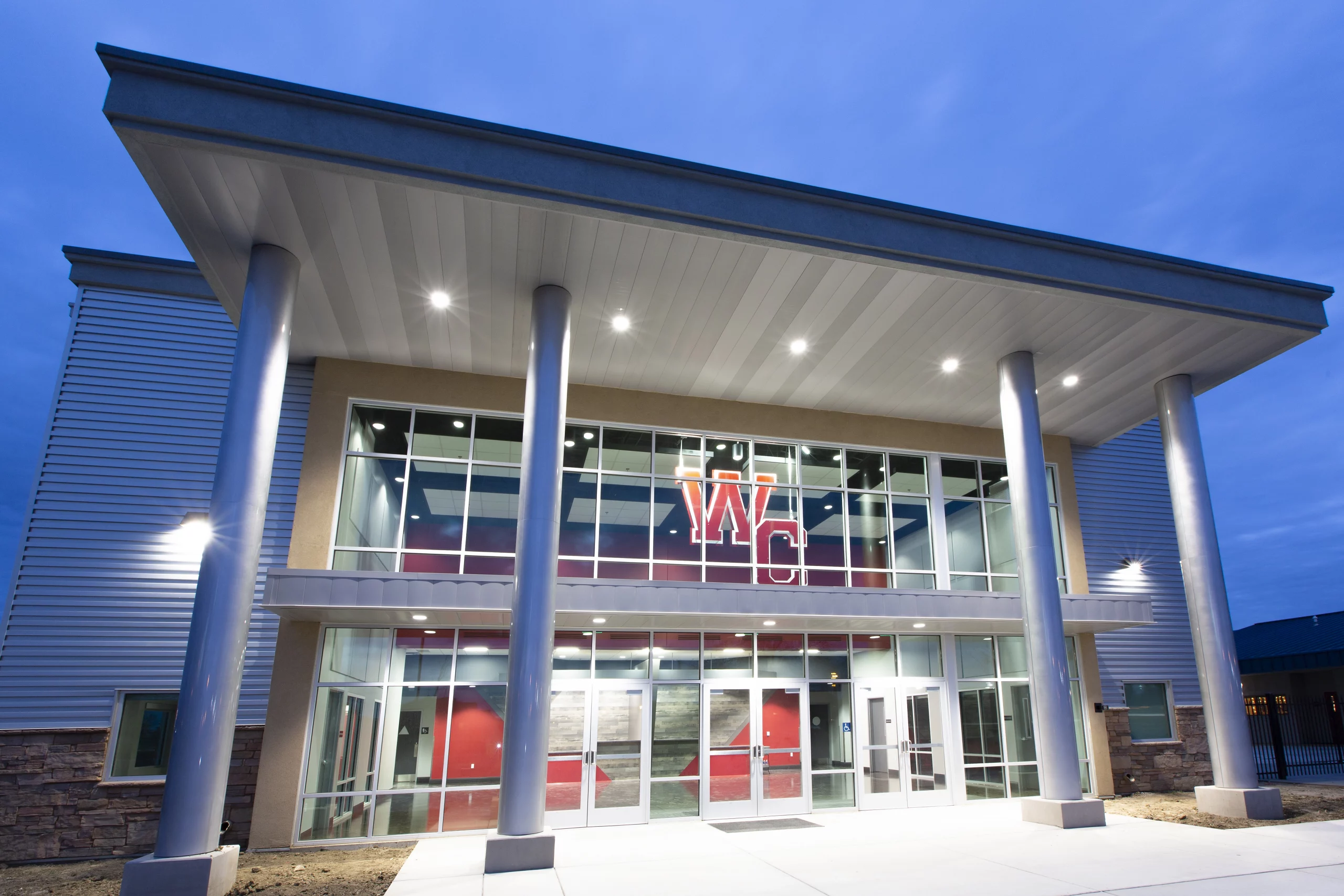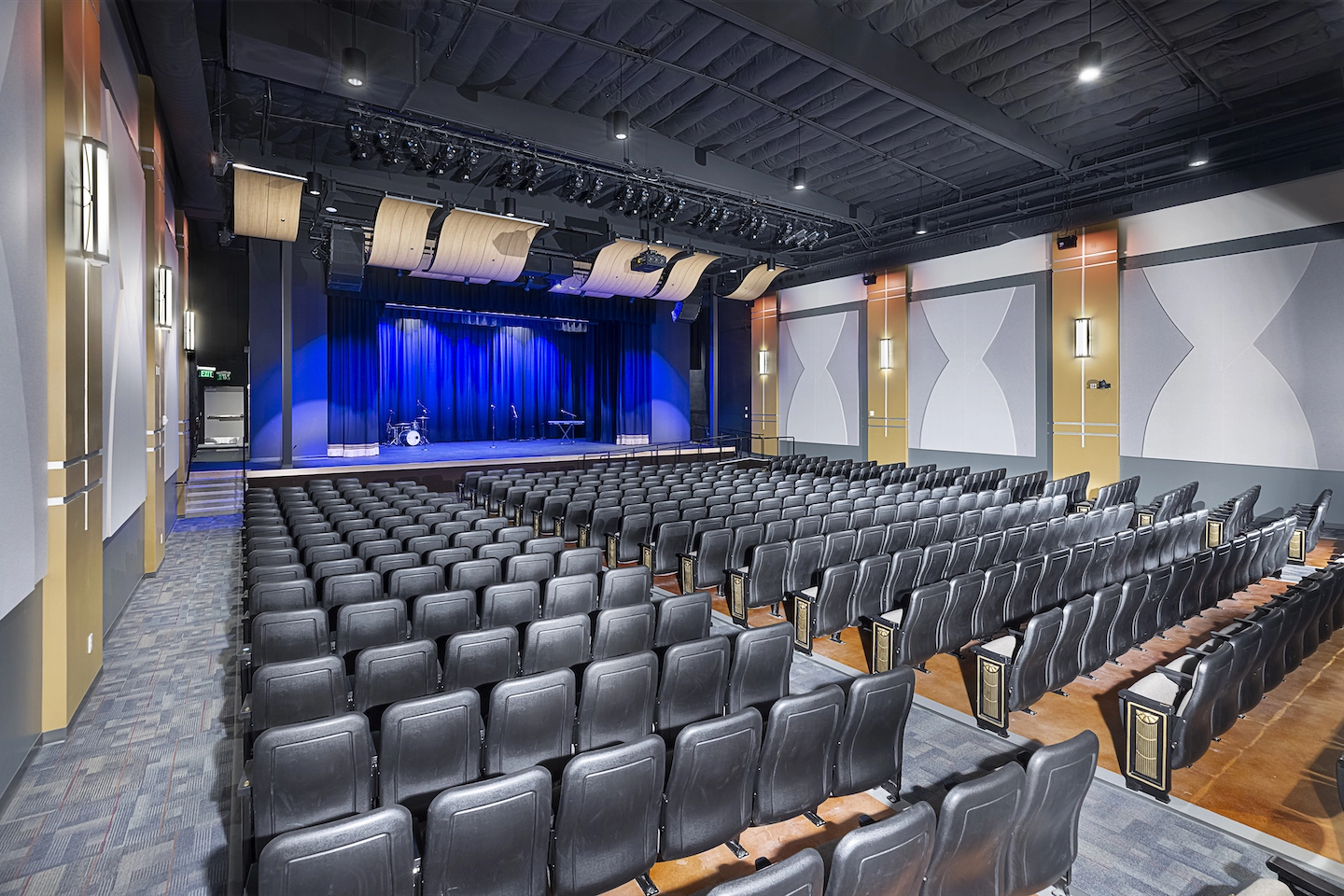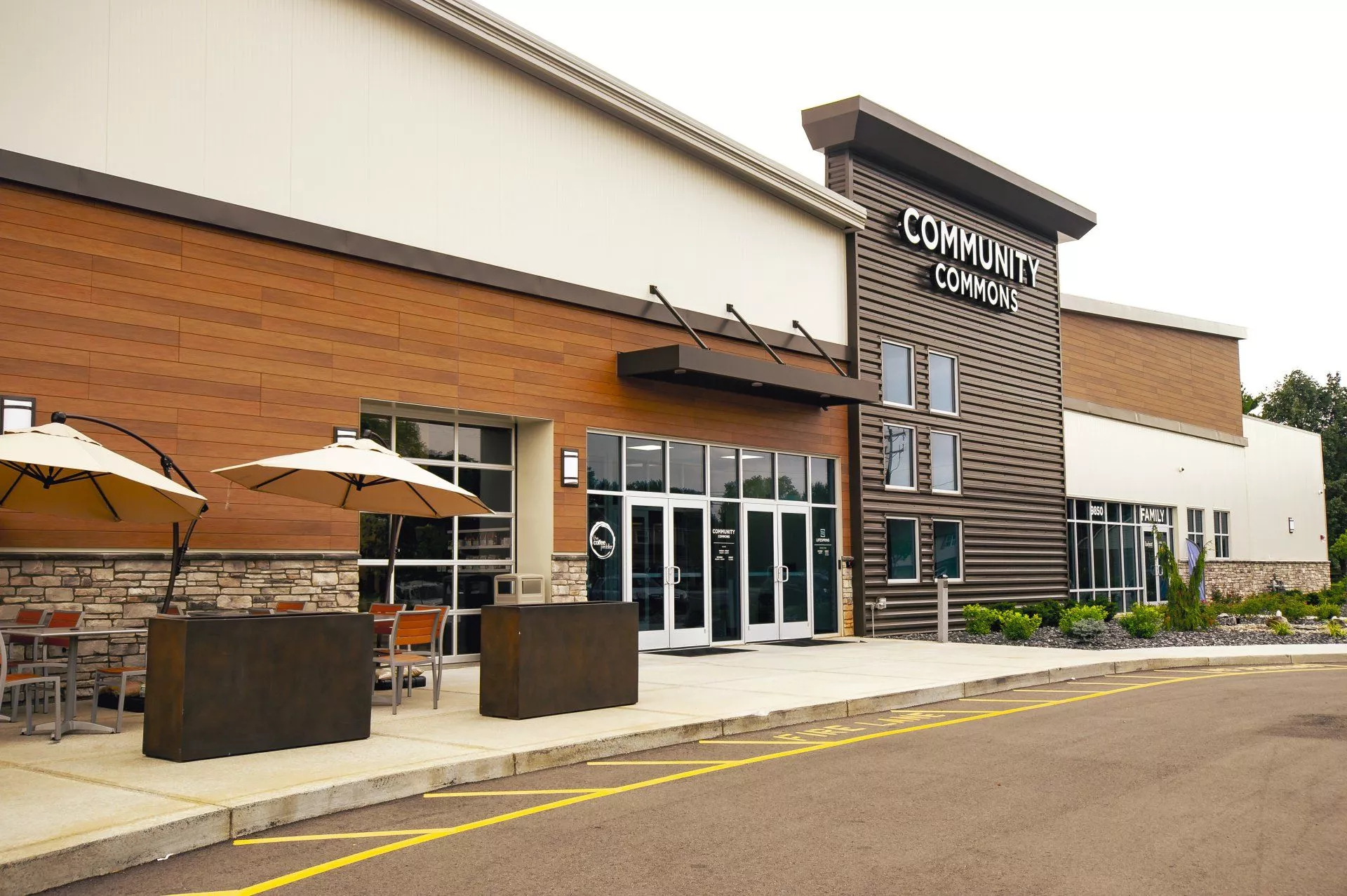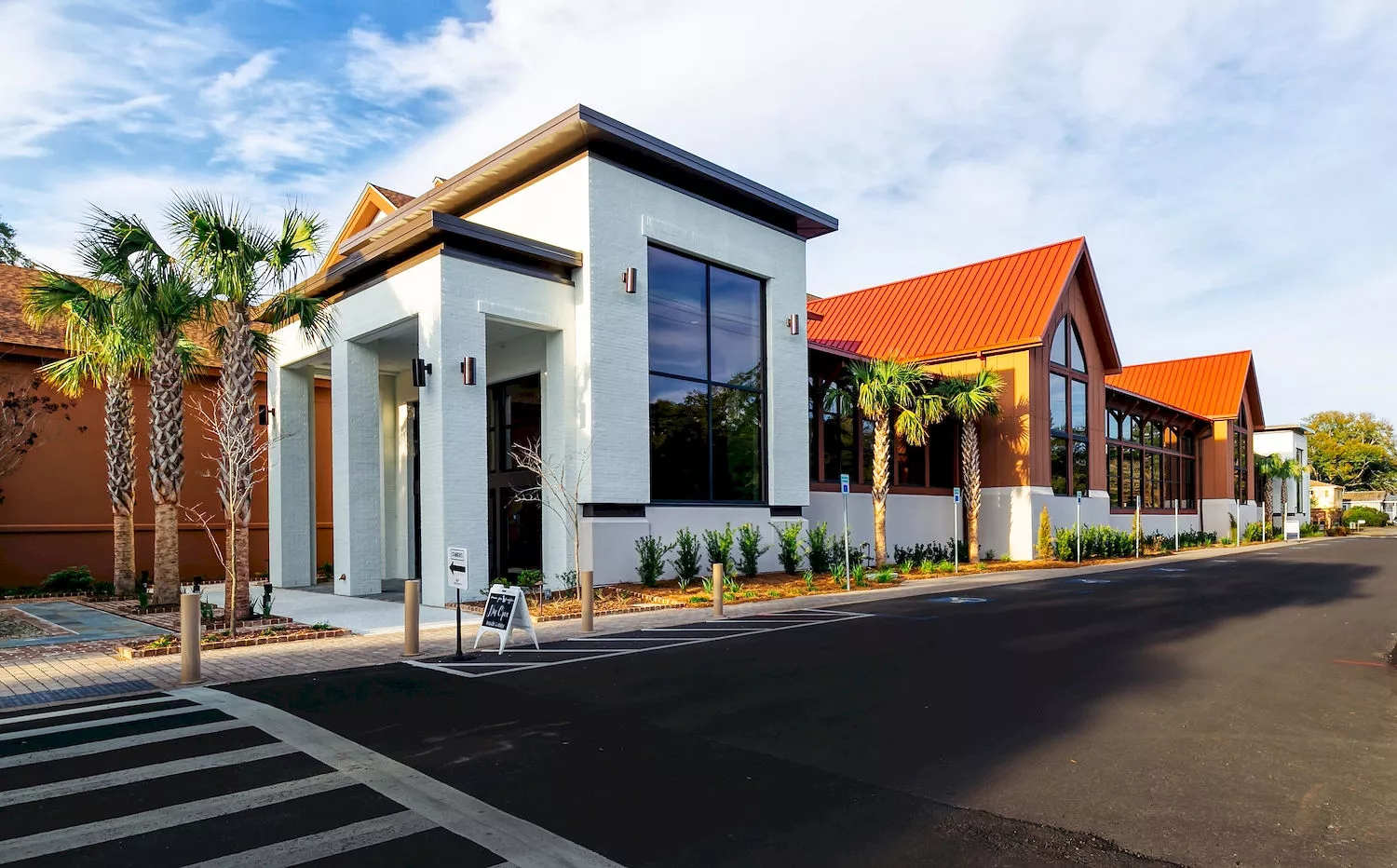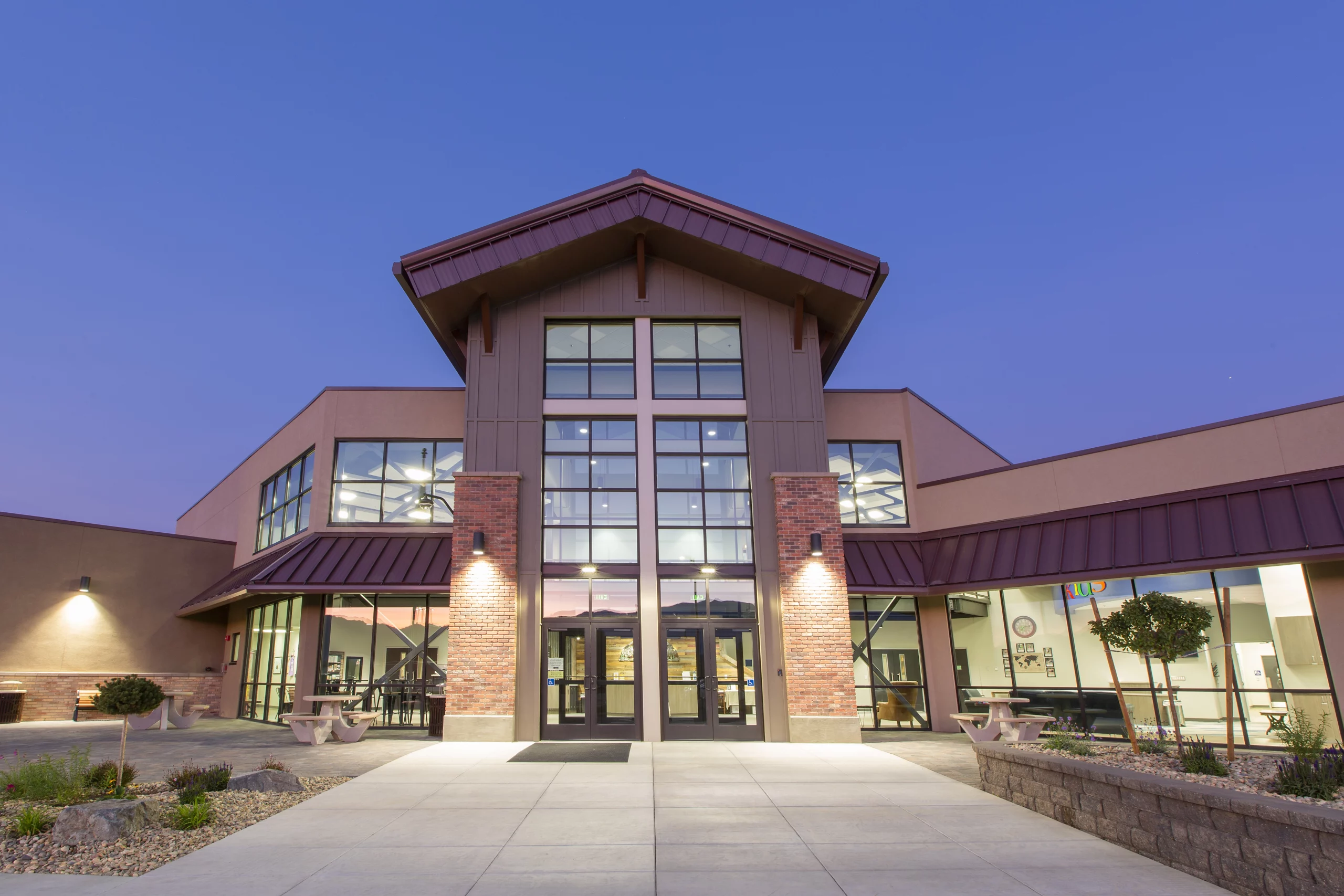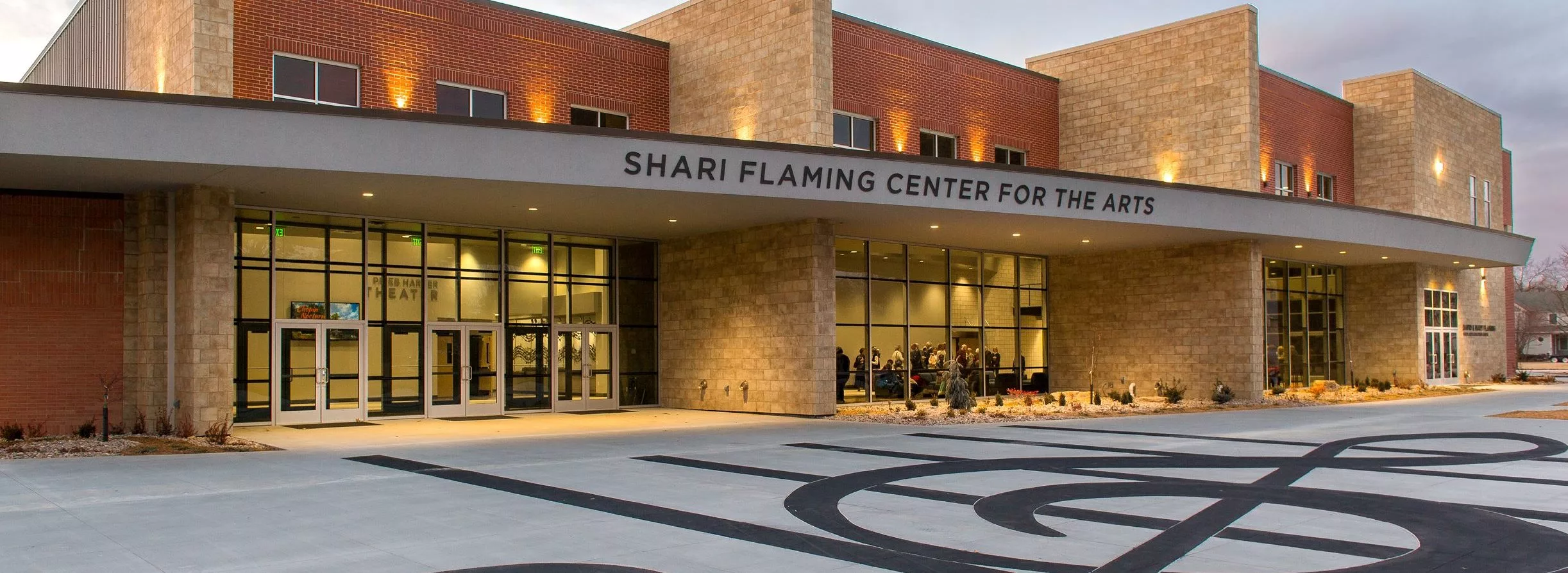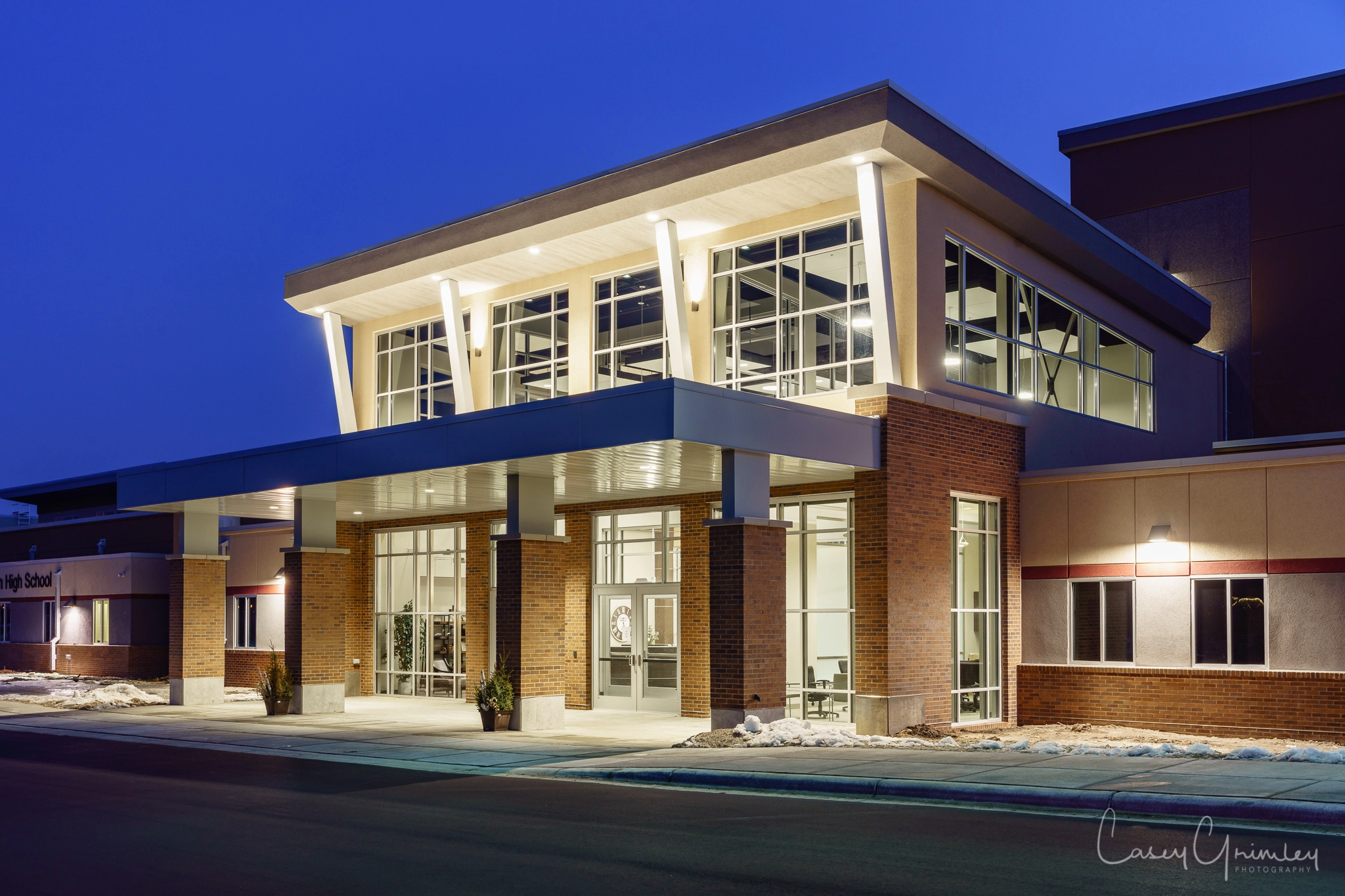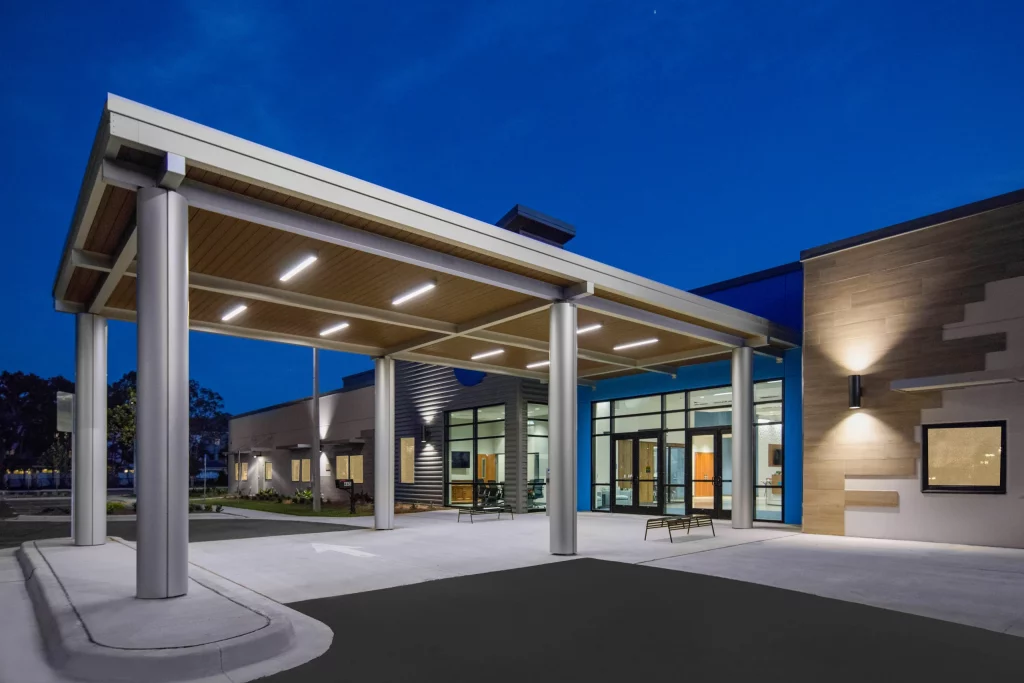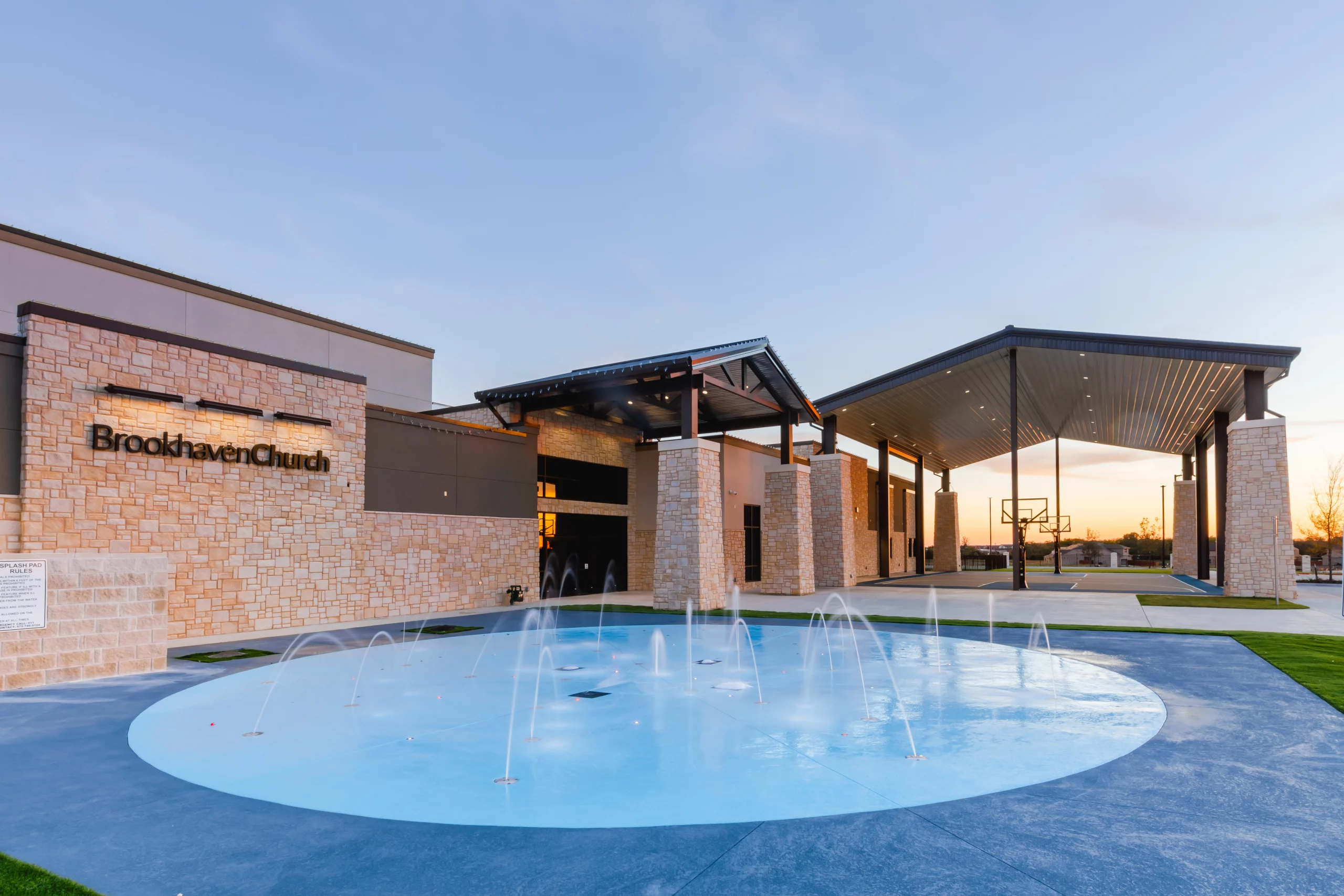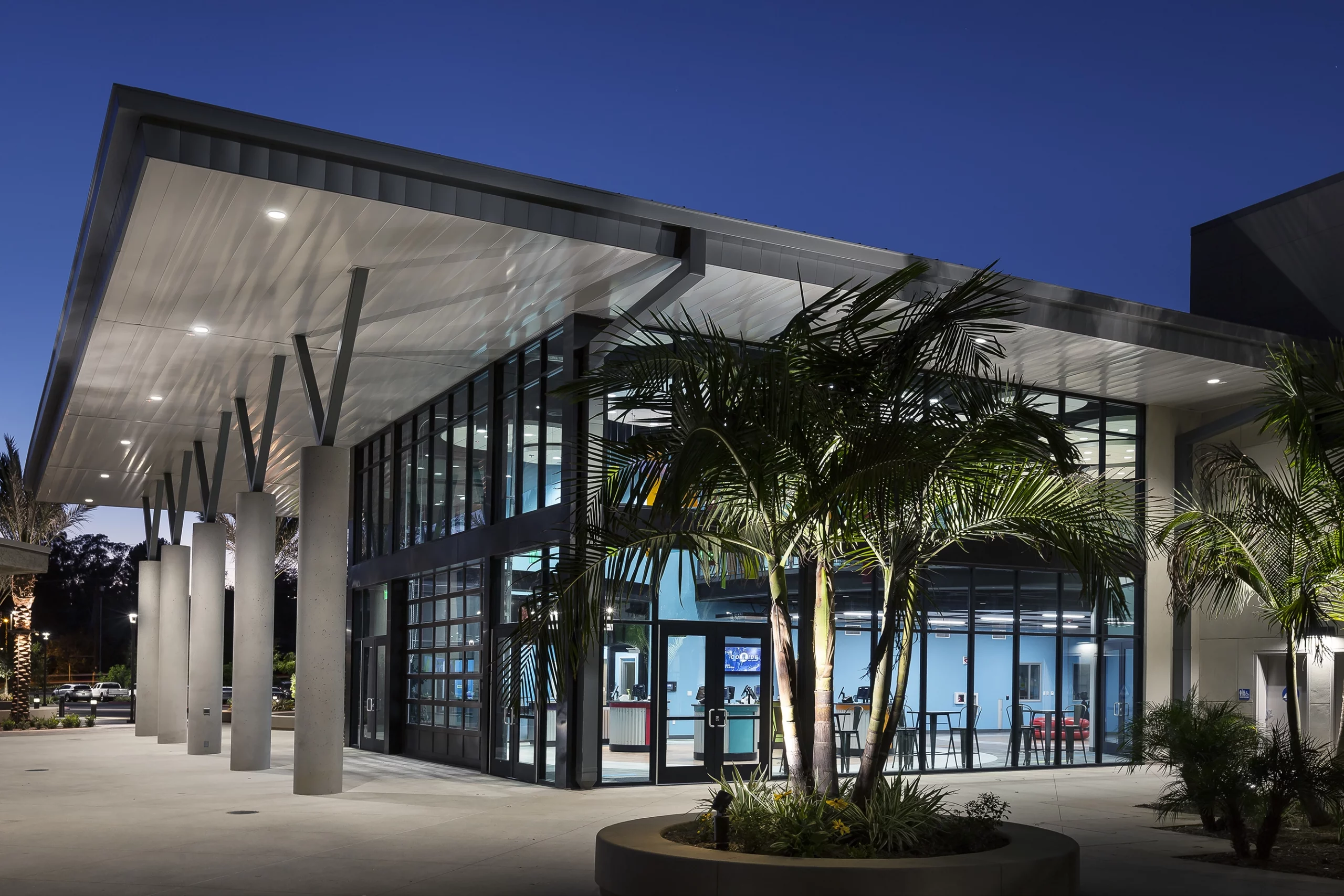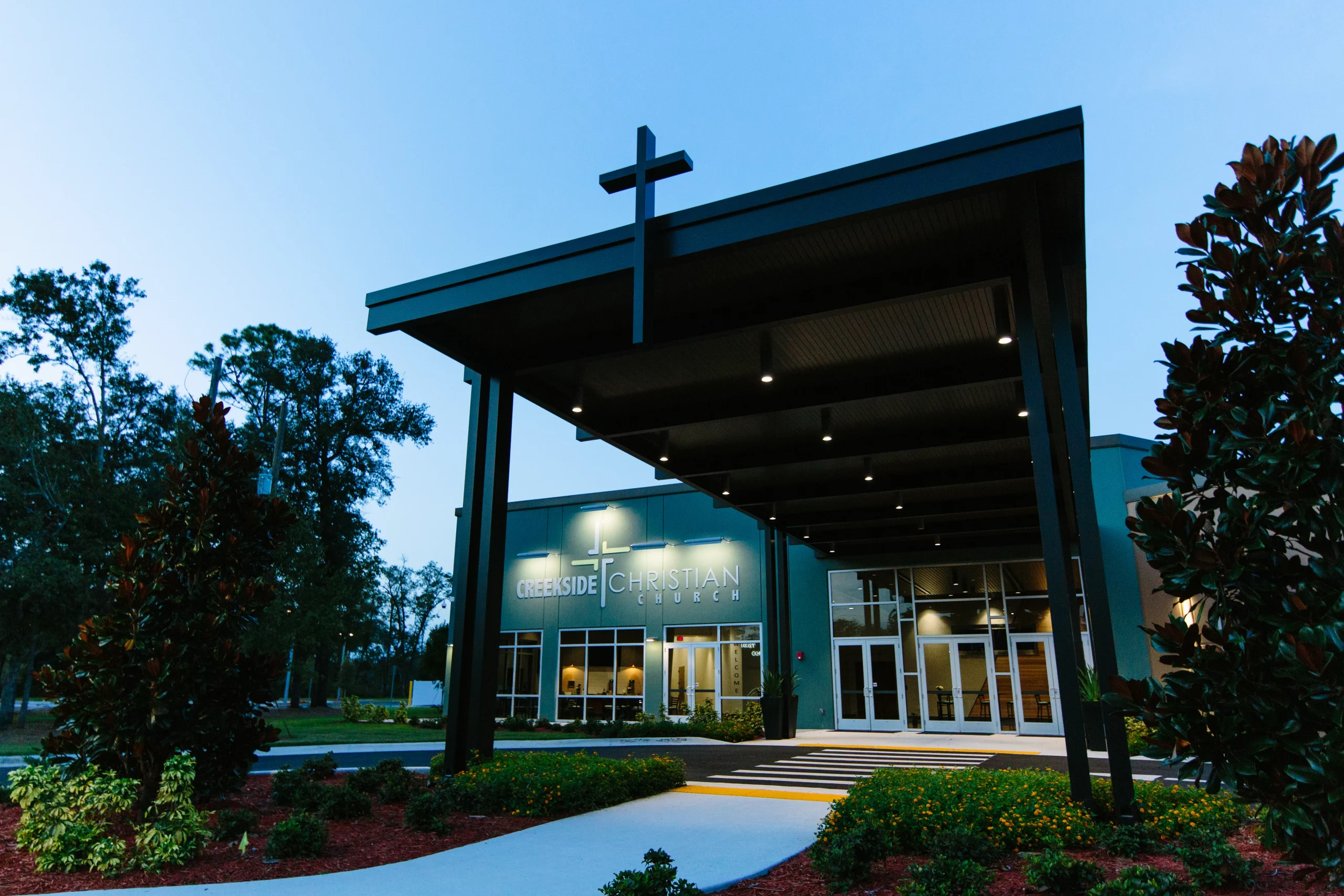

At BGW, our mission is to build God’s Kingdom by translating the vision of Christian organizations through innovative, stewardship-driven architecture.
A Network Of Kingdom Building Services
We believe that everything from mission and vision to facilities and finances is part of the same strategic conversation. Click on the image below to learn more about our architectural services for churches and Christian Schools and our network of strategic partners

Why Choose BGW to Design & Build your Church?
The BGW concept was born out of a calling to help ministries address the fundamental flaws in the design and construction process, in which poor stewardship and conflict are far too common.
We believe there is a better way; one focused on delivering the highest level of stewardship, God-honoring relationships and intentional ministry focus. Our exclusive approach has been tested through 1,000+ ministry projects nationwide since 1998.
Innovative Design. Stewardship Driven.
There are many architectural firms that can provide creative design solutions. However, creative design alone can be problematic if it is simply an exercise to show fantastic possibilities that have little chance of getting funded. At BGW, we are invested in the buildings we design and want to see them built. Our mission is to not only translate your ministry vision through architecture, but to continually seek value and savings throughout the design process so that your project will move forward into construction.





Unlock the Potential of your Space!
Join us at this transformative event designed to empower church and Christian school leaders with innovative, stewardship-driven facility solutions! Whether you’re looking to solve challenges with your existing building or you have a need to expand, remodel or build a new facility, this seminar offers something for every church and Christian school!
 We interviewed 5 different architectural firms and when we boiled it all down to the one we wanted to use, it was clearly BGW. It became apparent very quick that they knew how to use and maximize space.
We interviewed 5 different architectural firms and when we boiled it all down to the one we wanted to use, it was clearly BGW. It became apparent very quick that they knew how to use and maximize space.

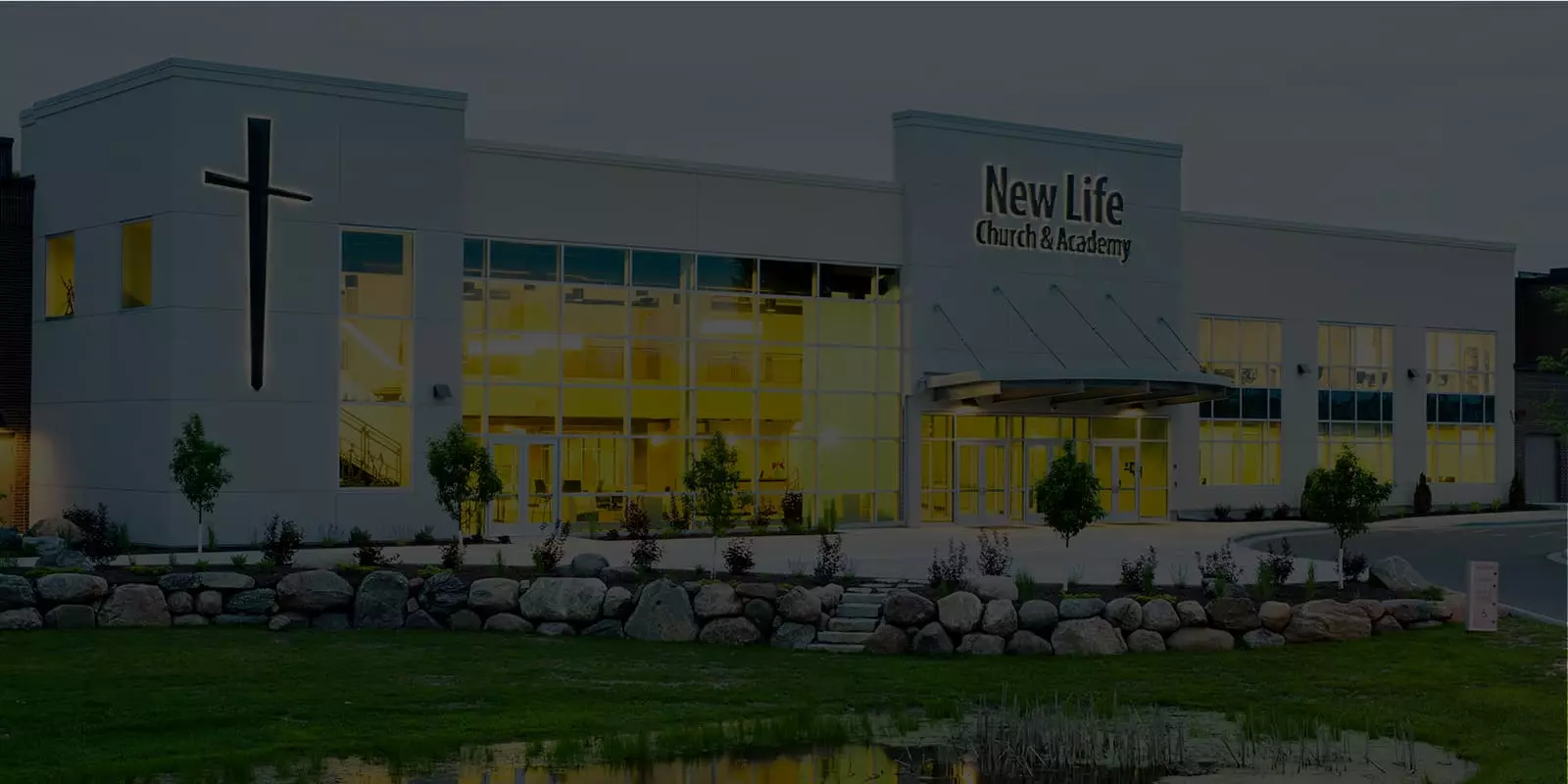
Contact the BGW Team
Call us Today at 800.552.7137 or Schedule your Free Consultation Below!
Call us Today at 800.552.7137 or Schedule your Free Consultation Below!
 I would without a doubt recommend BGW to any church or pastor that’s considering new construction. Just hear them and see the process that they engage in. They’re easy to work with, they’re down-to-earth, they’re Godly men and women involved in the process. I felt like we were working on a project with friends that we had just met.
I would without a doubt recommend BGW to any church or pastor that’s considering new construction. Just hear them and see the process that they engage in. They’re easy to work with, they’re down-to-earth, they’re Godly men and women involved in the process. I felt like we were working on a project with friends that we had just met.


